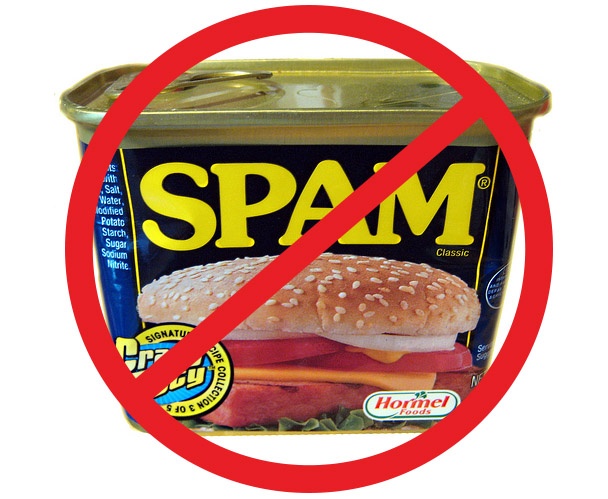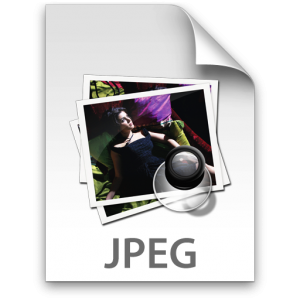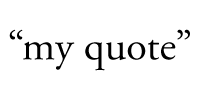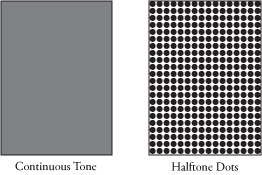Executing a complex community survey is a challenge. Getting it into the hands of community members, generating excitement and interest, and getting those surveys returned and tabulated can be a daunting task.
That was just the job Stephan Gunsaulus, Cuesta’s Director of Marketing and Communications, was ready to tackle. Cuesta College was looking for an effective way to reach out to residents of San Luis Obispo County to provide input for the 2011-2016 Educational Master Plan. As an accomplished marketing veteran, Stephan knew an integrated approach, utilizing both print and digital delivery, would be needed. The question was how to execute such a strategy. Much to his delight, Casey literally walked in the door with the answer; Casey's new "cross-media" marketing solution.






